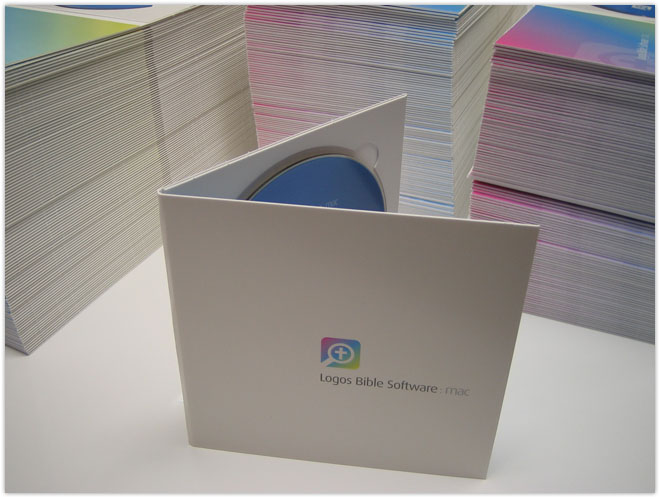If one of your resolutions for the new year is to be more consistent in your Bible reading, there are a few good online/desktop resources to help you in this discipline.
Logos Global Bible Reader: A Logos blog post on this reader states:
This free download from Logos is a powerful desktop application that provides community and accountability in a Bible reading plan.Facebook Bible Reading Group: Wayne Leman reports on this option on the Better Bibles Blog:
Once you install Global Bible Reader you sign in with your Logos.com user account and choose from one of the six reading plans. After you chose a plan (or multiple plans) Global Bible Reader will download six days worth of reading (so you can even read when you’re not online). After you finish the reading for a day, click the Done Reading button and Global Bible Reader will mark the day as completed. In order to make sure you don’t fall behind, you can set up Global Bible Reader to give you a daily reminder to read the day's text. More than just reading yourself, Global Bible Reader plugs you into a community of people who are on the same reading plan as you...
Join us in reading and discussing the books of the Bible in 2009! We’re starting with Genesis, and we hope you’ll join us for as many books as you’d like–hopefully all of them. We’ll be using an edition of the Scriptures called “The Books of The Bible” that the International Bible Society has specially formatted for reading with greater understanding and enjoyment. The text is in a single column, and there are no chapters or verses or section headings.
Those of you who are already members of Facebook can attend the event by going to this Internet address:http://www.facebook.com/event.php?eid=40536860035
YouVersion: From the YouVersionBlog:
Our One-Year Reading Plan will take you through the entire Bible in 2009—just read the selections mapped out for you each day and you'll cover the Old Testament once and the New Testament twice this year. Invite friends to join you in this journey and you'll have built-in accountability along with enhanced learning.UPDATE: There is an interesting post on the OpenBible.info blog on how evenly distributed the amount of daily reading is using different Bible reading plans.
And don’t forget that you can use your mobile phone to read the Bible no matter where you are.
UPDATE: 2009.01.16: Logos also has free Bible reading plan that includes the Deuterocanonical / Apocryphal books.





































